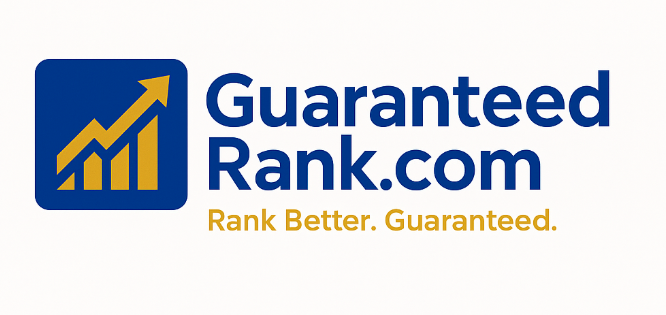Applying multilingual schema markup correctly is essential for SEO in Europe, especially when targeting multiple countries and languages with ccTLDs or hreflang implementations. Schema helps search engines understand your content, and when done in multiple languages, it ensures rich results are shown appropriately in local SERPs.
Here’s a complete guide to applying multilingual schema markup in a European context:
✅ 1. Use Schema.org Markup per Language Version
Each localized version of your website should have schema markup in the same language as the content of that page.
Example (LocalBusiness schema)
French (for fr.example.com):
{
"@context": "https://schema.org",
"@type": "LocalBusiness",
"name": "Boulangerie Le Pain Chaud",
"description": "Boulangerie artisanale à Paris avec pain frais tous les jours.",
"address": {
"@type": "PostalAddress",
"streetAddress": "12 Rue de Paris",
"addressLocality": "Paris",
"postalCode": "75001",
"addressCountry": "FR"
},
"telephone": "+33 1 23 45 67 89"
}
German (for de.example.com):
{
"@context": "https://schema.org",
"@type": "LocalBusiness",
"name": "Bäckerei Frisches Brot",
"description": "Handwerkliche Bäckerei in Berlin mit täglich frischem Brot.",
"address": {
"@type": "PostalAddress",
"streetAddress": "Musterstraße 12",
"addressLocality": "Berlin",
"postalCode": "10115",
"addressCountry": "DE"
},
"telephone": "+49 30 123456789"
}
🟡 Tip: Don't just translate the
nameanddescription; also adapt for cultural and keyword relevance.
✅ 2. Match Schema to Page Language and Hreflang
-
If you're using hreflang tags to signal alternate language versions, the schema should also be written in that language.
-
Google recommends this alignment to avoid confusion and improve indexing of localized structured data.
Example hreflang setup in <head>:
<link rel="alternate" hreflang="fr-fr" href="https://fr.example.com/" />
<link rel="alternate" hreflang="de-de" href="https://de.example.com/" />
<link rel="alternate" hreflang="en-gb" href="https://example.com/gb/" />
✅ 3. Use Country-Specific Info in Schema Fields
-
Use localized phone numbers, currencies, addresses, and languages in the schema fields.
-
Country-specific elements help Google show local rich results (like map packs or snippets in local language).
✅ 4. Localize Common Schema Types for Europe
Schema types often used across EU markets:
| Schema Type | Use Case | Notes |
|---|---|---|
Organization |
Company info (multiple countries) | Localize name, description, address |
LocalBusiness |
Shops, restaurants, service providers | Local phone/address/working hours per country |
Product |
E-commerce (price, currency, shipping) | Use priceCurrency, availability, offers |
FAQPage |
Voice & rich snippet enhancement | Write Q&A in local language |
Article, BlogPosting |
Publishers, media, blogs | Local language for headline and articleBody |
Event |
Local or regional events | Include localized location, startDate, language |
✅ 5. Use Language Tags in Schema (Optional)
Although not required, you can explicitly set the language of certain text fields using the @language property if using RDFa or Microdata formats (not JSON-LD). This is mostly helpful in multilingual documents or mixed-language scenarios.
<span itemprop="description" lang="it">Pizzeria tradizionale a Milano.</span>
❌ Common Mistakes to Avoid
| Mistake | Why It’s Bad |
|---|---|
| Using schema in only one language | Confuses search engines in multilingual SEO |
| Mixing languages in a single schema | Reduces clarity and relevance of content |
| Forgetting hreflang integration | Schema doesn’t override wrong hreflang signals |
| Copying schema with untranslated content | Looks spammy and is less likely to show in SERPs |
✅ Tools to Validate & Maintain Multilingual Schema
-
🔍 Google Rich Results Test – test per language version.
-
🧪 Schema Markup Validator (by Schema.org) – validate structured data.
-
🧰 Screaming Frog + Structured Data Extractor plugin – crawl and verify multilingual schema at scale.
-
🗂️ CMS plugins like Yoast SEO (WordPress) or Shopify SEO Manager support localized schema setup.
🌍 Summary
To apply multilingual schema markup correctly in Europe:
-
Add separate JSON-LD markup per localized page.
-
Localize all text fields, currency, address, and contact info.
-
Ensure alignment with hreflang, domain structure, and localized content.
-
Validate each version independently.
If you tell me your site structure (e.g. subdirectories or subdomains) and which countries/languages you're targeting, I can help generate or audit schema markup templates for you.











0 Comments